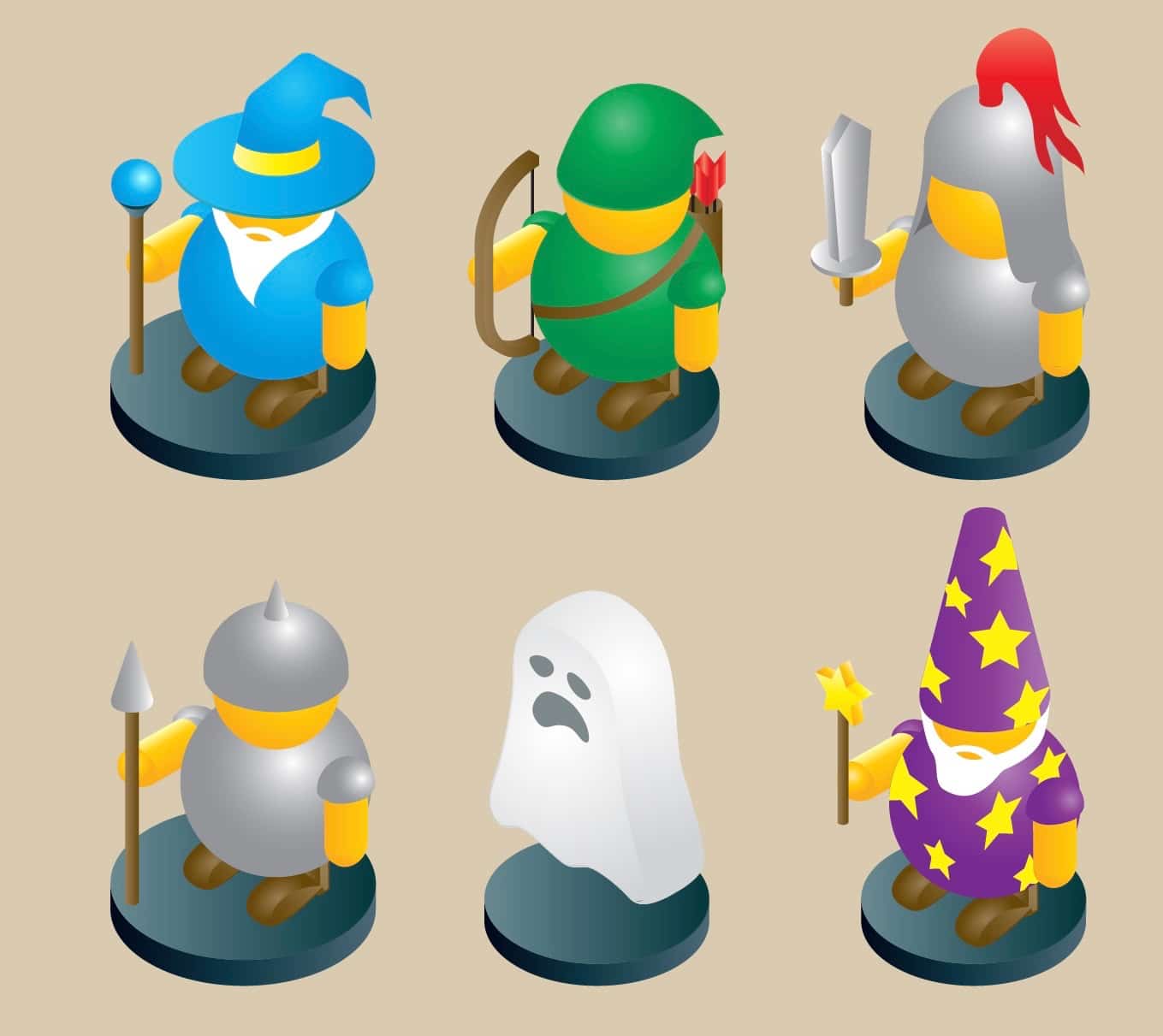“In our marketing department, people are drowning in Excel …”
If this is the first thought that comes to mind when you think of marketing, it’s probably because you haven’t integrated a Marketing Automation solution. Some real-life examples:
- You may have done some emailing, but it’s complicated to know who opened your emails, who clicked on the links, since you don’t receive this consolidated information
- You have organized an event but it’s a never-ending job before the event to prepare the email follow-ups, to call the prospects (leads) and not spam those who have already accepted the invitation, to be able to quickly note the attendees during the event and to quickly send the thank-you emails by differentiating the attendees from the no-shows at the end of the event.
If your marketing resources are spending most of their time on cross-referencing and not enough on lead development, it’s time for you to adopt a marketing automation solution.
Where do your leads come from?
Leads can be generated by an outbound marketing strategy – you go to your prospects and offer them something -: participate in an event, a promotion in an email… These actions are very effective in the short term but do not last beyond the interaction with your prospect. You can also opt for an inbound marketing strategy – you will make your prospects come to you -. How do you do this? By pushing content of interest to your prospects on places they frequent, such as social networks or professional forums. This way they will be encouraged to open this content, which will take them to your blog or website. There you will encourage them to subscribe to your newsletter, thus increasing your contact base. This strategy always starts very slowly but has a cumulative effect in the long run. Ideally you should mix the two approaches.
How to record your leads and their activity?
It is important to “capture” who your leads are and what they are doing: Are they opening your emails? Are they clicking on the links in those emails? Are they visiting your blog or website pages? If so, which ones and for how long? Are they downloading your content? Do they visit you or talk about you on social networks? A marketing automation solution allows you to record all this information in detail, and to classify it by lead, by type of interaction, by channel…
What’s next?
Once you begin to capture information about your prospects, you need to define a customer life cycle or Lead Life Cycle, and move your leads through that life cycle. Typically the major stages are Anonymous, Known, Interested, Prospect, Moved to Sales, Opportunity, Won, Lost, Recycled and Disqualified. This will allow you to easily identify hot leads from cold leads. Scoring will allow you to move your leads from one stage to another: you will assign a “behavioral” score to each of the above interactions (the more engaging the action, the higher the score), and a “demographic” score to each attribute of your lead (e.g. sales). The sum of the two is your score. As your lead fills in their information and interacts with you, you’ll move them from stage to stage, and then send them campaigns based on their interest. You don’t want to address in the same way someone who knows you well and someone who discovers you. Here again, the marketing automation solution allows you to define your scoring and to automate the passage of the stages.
What if my leads turned into revenue?
Finally, after separating your leads into hot and cold leads, you will send your hot leads to your sales force. In order to align the two departments – Marketing and Sales – you will pass the lead to the sales force at the same time as its score, so that the sales person can quickly identify on which leads to prioritize his action. In the same way, you will have passed him a summary of the main actions of the prospect until then, so that he is perfectly informed. Your marketing automation solution being interfaced with the CRM of the sales force, you will know which prospects have become customers, and thus, you will be able to prioritize your marketing actions even better and calculate the ROI of your programs. As you can see, the main interest of these solutions is to allow you to easily perform actions that – if you are not equipped – are often out of reach. Today, SaaS solutions allow you to set up in a few weeks and achieve measurable gains in less than six months.






